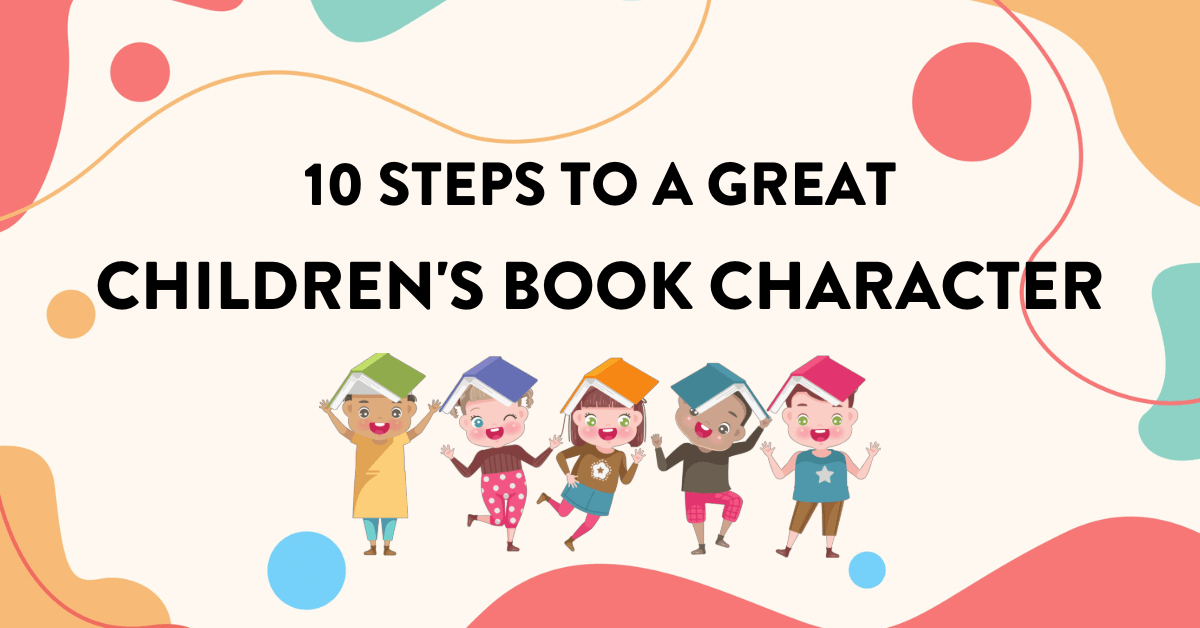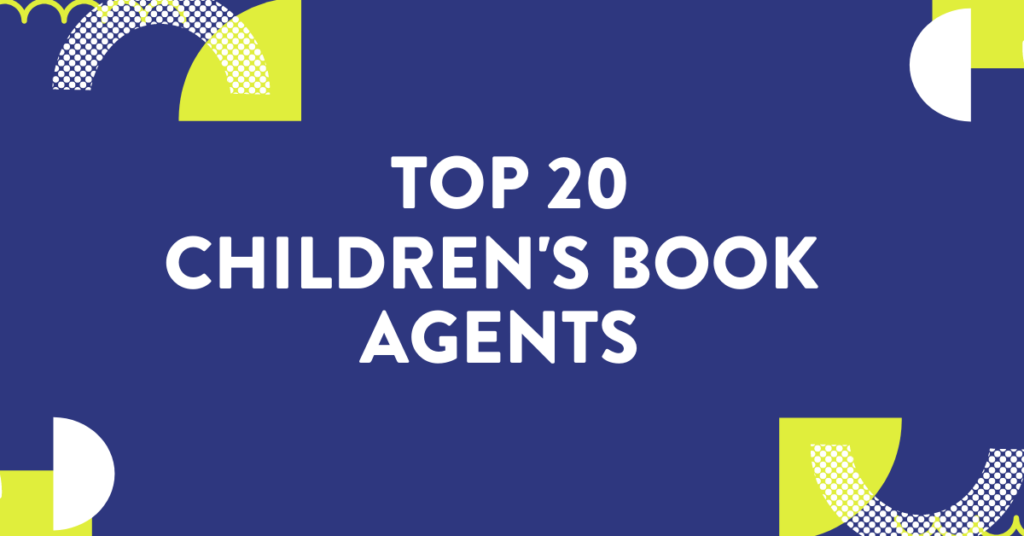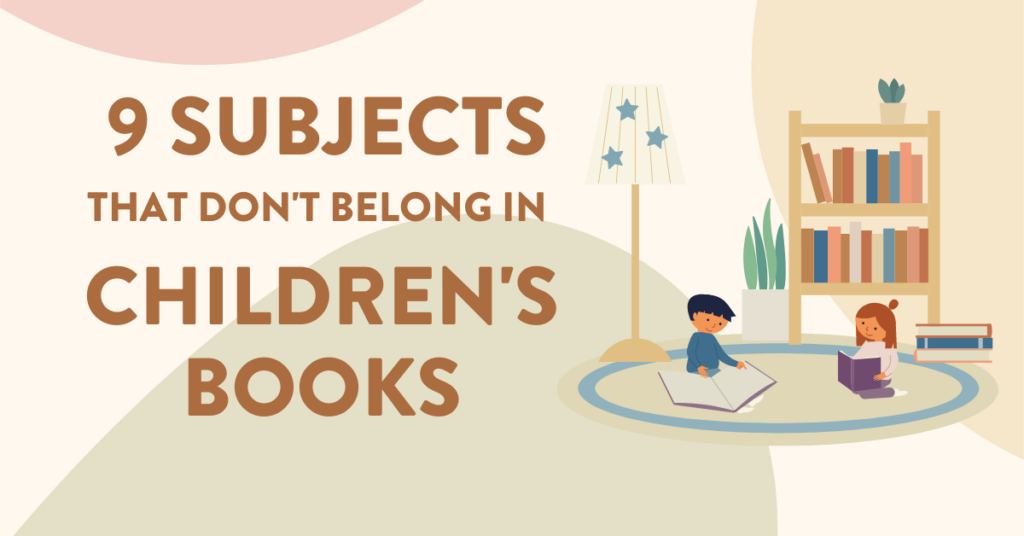
Characters are the heart of any story, and that includes children’s picture books.
Even if you only have 500 or 800 words, you still have to make the reader feel like this is a real life child (or a real animal, depending on your story!).
Here are ten fantastic ways you can take your children’s book character from a cliche to a flesh-and-blood being that readers will love forever.
1. Give them a Personality
Don’t write a generic child in your children’s book. Make them feel like a real kid.
The best way to do this is to base them on a child you know, or mix and match between two kids you know. Make them shy, angry, kooky or funny.
A great example of personality is Max in “Where the Wild Things Are”. Remember he talks back to his mother and then gets sent to his bedroom?
I would describe him as strong willed, independent, and defiant. After only a few pages, I feel like I know him, and you want to give readers the same intimate sense of your main character when they read your book.
To learn more about writing characters, check out my post, “12 Steps to Writing Your Children’s Book.”
2. Use Contrast
If you have at least two characters in your book, you want to make them opposites.
For instance, look at the Winnie the Pooh books.
- Pooh is carefree and laid-back
- Rabbit is meticulous and often anxious
If you have two characters who appear to be similar, that’s a sign that you might only need one character (the other choice would be to make them much more different).
I talk more about how to use contrast to create memorable characters in my children’s book course, “Two Weeks to Your Best Children’s Book.”
3. Give them a Special Look
A lot of the time, the illustrator will work on this with you. But you should come to your illustrator with some pre-made ideas for how to set your character apart visually.
- Are they extremely fat or skinny?
- Do they have bright red hair, or super messy hair?
- Is there anything unusual about their clothes?
I once edited for a writer who had an eccentric fun-creator come to help children break away from their screen addictions (her book was called “No Screen Nora.”) I suggested she make Nora a little crazier looking, and this is what I told her in feedback:
“I think she should have popsicle sticks coming out of her pockets, have a bottle of glue in a holster around her waist and have lots of shoelaces in her hair.”
The end result was a visually stunning character whose “look” matched her personality as a Purveyor of Fun.
No Screen Nora was published by Bookfox Press, and if you wanted to fast-track the publication of your children’s book, I’d suggest you check out that link.
4. Give them a Strong Desire
A desire is the most important trait for your children’s book character. What do they want?
They can want all sorts of things:
- to beat their brother in a paper plane flying contest
- to become the best ballerina at school
- to earn a merit badge for Boy Scouts
But the reader should know the character’s desire by the third page at the latest (and then obviously, you need to give them their desire by the end of the story, because happy endings are great in children’s books).
In Eric Carle’s “The Hungry, Hungry Caterpillar,” we already know what our character wants from the title! And from the very first page, the caterpillar tries to eat, eat, eat.
5. Don’t Blow the Age Range
You want to make sure your character is acting their age.
- If they’re a 3-year-old, they shouldn’t be playing Pokemon games
- If they’re a 7-year-old, they shouldn’t be playing with Duplos
It’s best to test your book out on children the same age as your protagonist, so you can see whether they recognize themself in the character. Younger child tend to prefer more simplistic characters, while older children can appreciate more complex characters with multiple motivations.
Whether you’re using potty humor or cracking a joke, you especially want to make sure that the humor lands for the age range you’re writing for.
If you need advice on the proper age range, I offer feedback and editing services to help you.
6. Limit the Number of Characters
You want your characters to shine in your book, but they can’t shine if you clutter up those 1000 words with a whole team of characters.
The fewer characters you have, the more characterization you can do with them.
Don’t spread out characterization shallowly (each character might only get one or two lines for the whole book). Instead, try to focus on one, two or three characters at the most, because you’ll have more time to deepen the reader’s relationship with them.
If you think of the most famous children’s books of all time, they frequently will only have two characters, or sometimes three.
For instance, “The Giving Tree” by Shel Silverstein, only has two characters: a boy and a tree. If you can condense your story down to the essential characters, children will love it more.
7. Make your Character an Animal
Because many children’s books want to talk about difficult topics, it’s sometimes a great idea to make your character an animal rather than a human.
This gives your young readers some distance between the subject matter of the book, and their own identification with it.
For instance, if you’re dealing with a difficult topic like a death, it’s hard to show that happening to a human. But if a bird or a skunk passed on, the blow is softened.
My best recommendation here: choose a non-cliche animal. I mean, children love the typical animals: dogs, cats, bears, butterflies, etc. But when I see a book featuring a mongoose or a pigeon or a lightning bug, the story feels fresh and original.
If you’re unsure of whether you’ve chosen the right animal character, or if you want feedback about your book in general, I’d be happy to give you feedback.
8. Use Dialogue to Show Character
Every couple months I’ll get a children’s book without any dialogue.
I don’t know whether the author was scared to write dialogue, or whether they even realized they weren’t having their character speak.
But if your character doesn’t speak, you’re missing a huge opportunity for characterization. Speaking is how we know people:
- what they say
- when they say it
- how they say it
All of those help us get to know a character.
For instance, think of “Frog and Toad.” Their dialogue is so ridiculously simple and memorable — they sound like nobody but themselves. Avoiding contractions, super simple sentences — their characters are constructed by what they say.
9. Give your Character a Quirk
One thing that helps set a children’s book character apart is giving them quirks.
For instance, Miss Frizzle in The Magic Schoolbus books has a number of notable quirks:
- She has a chameleon for a pet
- She has a catchphrase: “take chances, make mistakes, get messy!”
- She always wears crazy outfits, like pencil earrings and lightning bolt dresses
Your quirk could also be a gesture, a movement that your character always does, like tapping their nose when they get nervous.
The quirk could be an unusual collection habit, like collecting buttons or rocks.
Or they could have a strong phobia toward socks or a hatred of the color purple.
They could have a unique talent, like being able to whistle lower than a tuba or so high that dogs whine.
10. Make Your Character Change
What does your character learn over the course of this story? How do they change?
Every story is a journey, and when your character goes on that journey, they should arrive at a different place than where they started.
Character change is one of the most fundamental pleasures for the reader, and every children’s book is a microcosm of growing up: a child character, by the end, of the book, is always closer to becoming an adult.
Here are a few examples of character change in children’s picture books:
- “A Bad Case of Stripes” by David Shannon: Camilla learns to embrace her true self and not conform to others’ expectations, leading to her physical transformation back to her normal self.
- “Knuffle Bunny” by Mo Willems: Trixie goes from being a non-verbal toddler to saying her first words, signifying a significant developmental milestone in a child’s life.
- “The Gruffalo” by Julia Donaldson: The mouse in “The Gruffalo” learns to use his intelligence and wit to outsmart his predators, transforming from potential prey to clever victor.
- “No, David!” by David Shannon: David’s behavior changes from being consistently naughty to showing love and affection, symbolizing a child’s understanding of boundaries and familial love.




4 comments
I will like for you to help me create a book for children of age 6/7
This is a wonderful website with good info if you are looking to make a book for kids. In my opinion I like creating people for books but not writing a story unless in really into the fandom. It’s just my opinion but otherwise great website love it!
Amazing, I’m working on a book project and this site has helped me get a clearer picture and a lead in writing better. I’ve been stuck, struggling with writing but in sure I’ve got a good atmosphere to pull my writing spirit.
Thanks,you have a good feed here.
Thank you so much for a wonderful article! Please write more like this.